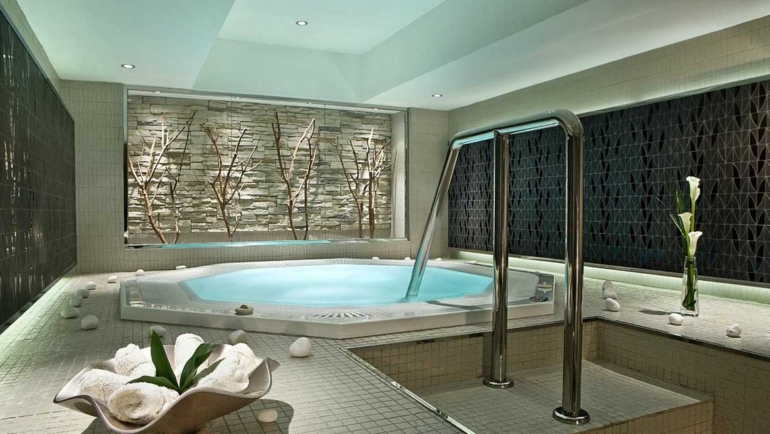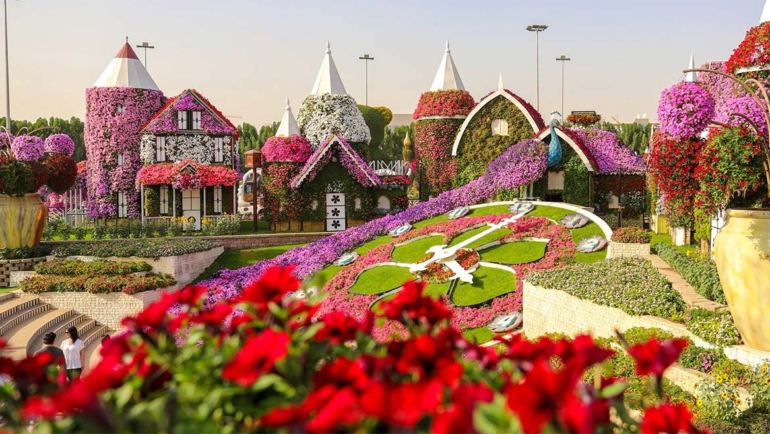594Views 0Comments

Take a Peek at the History of Dubai: The City of Dreams
Discover how Dubai evolved from a fishing village to a metropolis today.
With its glittering infrastructure and extensive sand dunes, Dubai sits along the Arabian Gulf’s sandy coast. Throughout the city, cultures from all over the world blend together in a harmonious sphere. Known as a barren land in the past, this man-made marvel has succeeded in turning heads like never before. So, where did it all begin for this megacity? In this blog, we’ll explore Dubai’s history in detail to uncover its origins and get to know about its beginning.
Early Minoan Age (3000 BCE to 5th century CE)
It is believed that Dubai has its roots in the early Minoan age. Originally, Dubai stood on the site of a vast mangrove swamp. By 3000 BCE, the swamp had dried up and become inhabitable. The first people to settle in the region are believed to have been nomadic cattle herders during the Bronze Age. By the time 2500 BCE rolled around, they had established a thriving date palm plantation, the first time the site was successfully cultivated.
In the fifth century CE, the area we now know as Jumeirah, home to beautiful beachside restaurants, used to be a caravan station on the trade route that connected Oman with Iraq.
The Bani Yas Tribe (1000 to 1700s)
In 1095, the Andalusian-Arab geographer Abu Abdullah Al Bakri wrote the first mention of Dubai in his Book of Geography. Some documents, such as the journal of Venetian pearl merchant Gaspero Balbi, date back to 1580 when he visited the area to conduct pearl trade. A large part of the livelihood at this time was based on fishing, pearl diving, boat building, as well as providing accommodation and provisions for traders passing through. These traders sold gold, spices, and textiles.
A further milestone in the history of the UAE occurred in 1793 when the Bani Yas tribe settled in Abu Dhabi, and Dubai became a dependency.

The Walled City (1800-1832)
In the early 1800s, Dubai was a walled city. Around the same time that Dubai became a dependency, Al Fahidi Fort was constructed. On the Bur Dubai side, the wall extended from Al Fahidi Historical Neighborhood through Al Fahidi Fort to the Old Souk. Similarly, Al Ras area on the Deira side was walled. In 1820, however, Britain negotiated a maritime truce with local rulers, allowing trade routes to remain open. In this way, Dubai became a pivotal hub for activities involving countries from around the globe.
Al Maktoum Dynasty (1833 to 1893)
Dubai’s history was marked by the arrival of Maktoum bin Butti from the Bani Yas tribe in 1833 on the Shindagha Peninsula at the mouth of Dubai Creek. His settlement there led to the town’s independence from Abu Dhabi. Since then, Dubai has been considered a fishing village. Even after massive changes have taken place in the Emirate, the Al Maktoum dynasty remains in power.
The banks of Dubai Creek provide an opportunity for visitors to explore the city’s yesteryears. In addition to the heritage of the emirate, the site is an active hub of activity with abras and boats gliding along the canals.

Welcoming Expatriates (1894 to 1966)
In the wake of Al Maktoum’s leadership, Dubai prospered remarkably. In 1894, new rules granted tax exemptions to expatriates, further boosting trade in the region. In response, the number of foreign workers entering the city increased dramatically. In order to take advantage of the excellent business conditions in Dubai, traders from India and Pakistan descended on the city.
However, Dubai was still totally dependent on fishing, trading, and pearl diving during this period. But, when artificial pearls were invented in Japan in the 1950s, vulnerability in Dubai’s economy was exposed. In spite of this, the financial downturn was short-lived. Then, in 1966, Dubai struck oil and everything changed.
Present Day Dubai (1966 to present)
After the discovery of oil, Sheikh Rashid bin Saeed Al Maktoum began developing Dubai. As a result of his efforts, the city was transformed from a cluster of settlements near Dubai Creek into a modern port, city, and business center. There were a number of major projects completed at this time, including Rashid Port, Jebel Ali Port, Dubai Drydocks, the widening of Dubai Creek, and the Dubai World Trade Centre.
Despite economic and social hardships, the UAE was able to push forward with ambitious building and social projects due to leadership and vision. With just half a century to go, Dubai has grown massively, building modern wonders like the Burj Al Arab and Burj Khalifa, which are now two of the best attractions of this beautiful city.
Dubai continues to plan landmark projects aimed at attracting tourists and businesses alike as part of its determination to consistently expand, explore innovation, and create opportunities.


